Among the popular festivals of Nagaland, Tsukhenyie festival is celebrated by the Chakhesang Tribe in North East India. The festival is full of bright colors and happiness. It was earlier celebrated at the end of the month of March, on the 3rd lunar month precisely. The festival is now being celebrated on the 6th of March each year. The festival marks the end of a successful harvest year and is hence a time to rejoice and rejuvenate. It preludes welcome to a new year. People celebrate and pray for a fruitful year ahead. The festival is grounds for merrymaking and a way of honoring the Chakhesang culture and traditions. The festival is eye catchy and makes for an interesting tourism venture. Tsukenye is celebrated for about four days with various digits of ceremonies and rituals being practiced on each specific day. The four days of the festival make for divulging holidays for visitors.
History of the Festival
Tsukhenye festival is being celebrated in Nagaland since a very long time. Each tribe of Nagaland has their own unique festivals that pay tribute to harvest and agriculture. Tsukhenye festival is the traditional way pertaining to the Chakhesand people who divulge into celebrating year’s satisfying harvest and greatly welcoming the foretold spring season. People invoke God to replenish them with strength, long health and good harvest. People allow themselves to relax, unite and celebrate. It is a time to revive and rejuvenate oneself before heading to the toiling work and sowing for the next seasonal harvest. Previously the festival was observed by the end of the 3rd lunar month, in March. Particularly in the initial beginning of March. It is on 6th March when the festivities of this festival commemorate.
Duration of the Festival
The festival is celebrated for about a consecutive number of four days coursing its trail from 6th March. Each day is marked by a traditional ceremony or ritual.
Highlights/ Important Rituals of the Festival
- The celebrant and festive spirits continue onwards marking four days.
- On the first day, the village’s high priest makes a sacrifice of a rooster in the hushed hours of early morning.
- No ordinary rooster is chosen for the purpose, it is essential for the sacrifice to be fitting and hence one roosterwho crowed first that morning is chosen for this rite.
- Later in the day men gather and head to the village’s well where they all bathe. It is considered a purification ritual.
- This is followed by heavily cheerful spirits charged by dancing, singing and feasting.
- People clad in new clothes celebrate and pray to God to shower them with prosperity and health
- Only the strongest of animals are chosen as produce for the preparation of the feast.
- People feast on food and enjoy the merry atmosphere.
- Many competitive games and sports are organized.








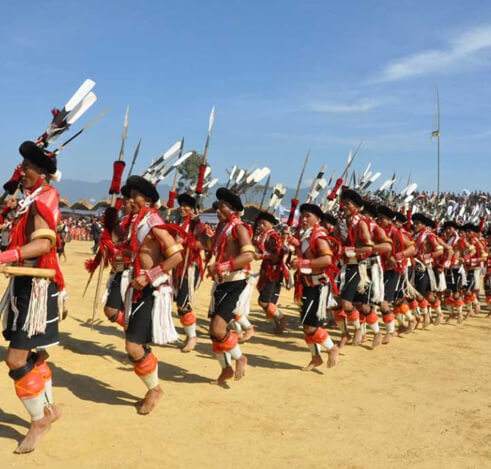
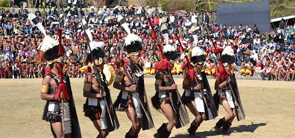
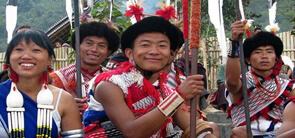
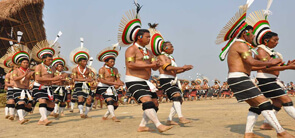
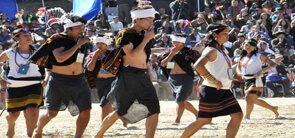
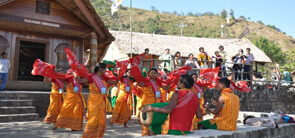
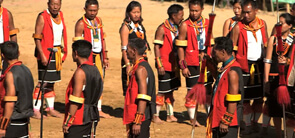
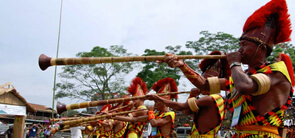
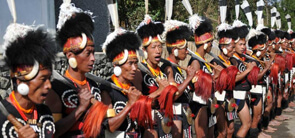
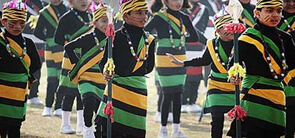
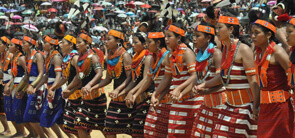
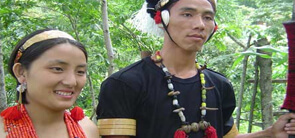
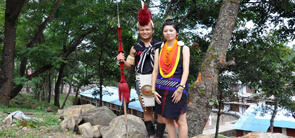
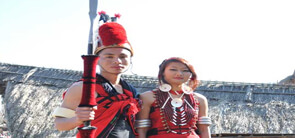
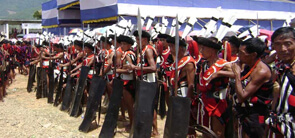
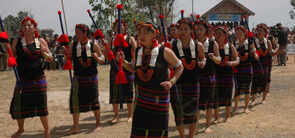
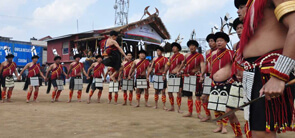
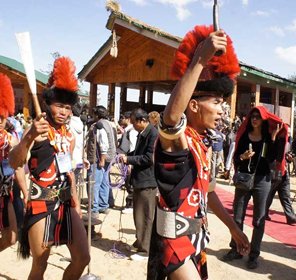
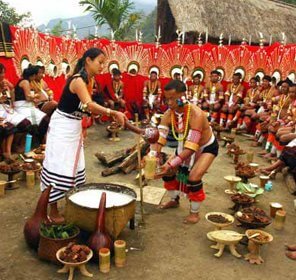
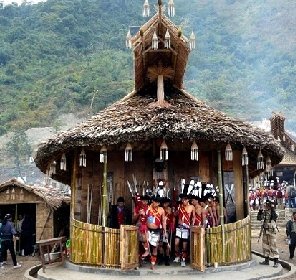
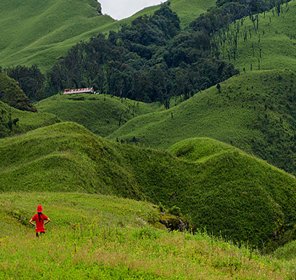
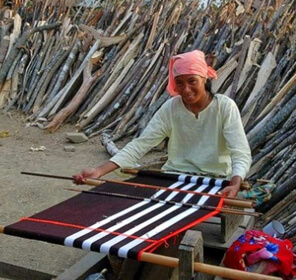
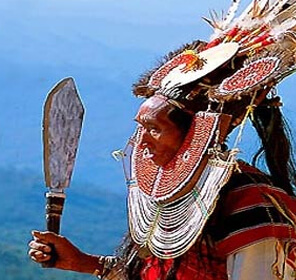
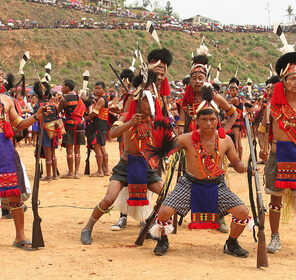
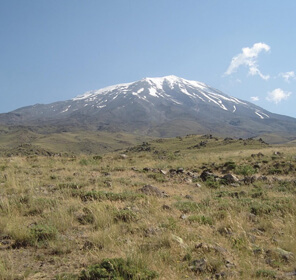
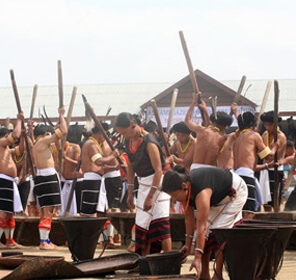
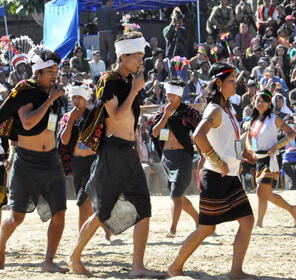
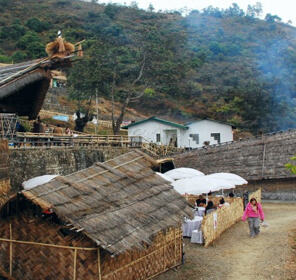
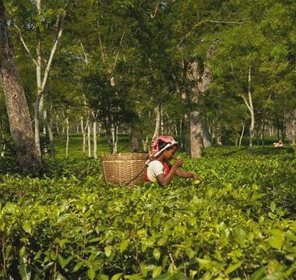
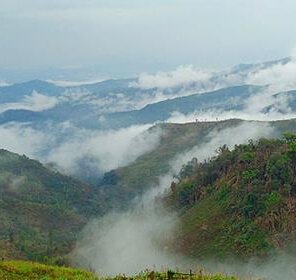

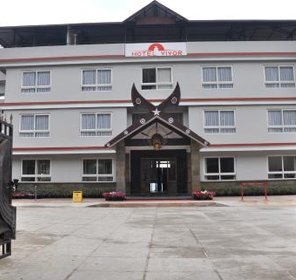
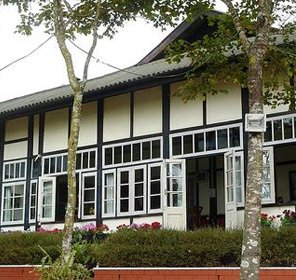

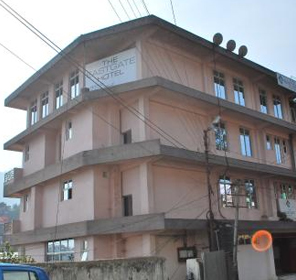
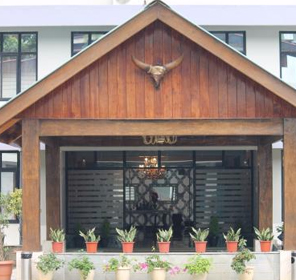
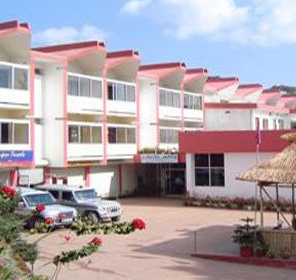
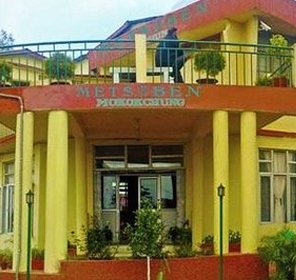
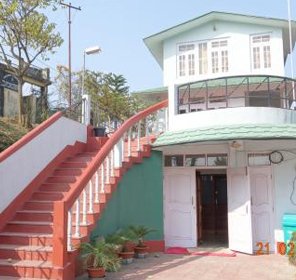
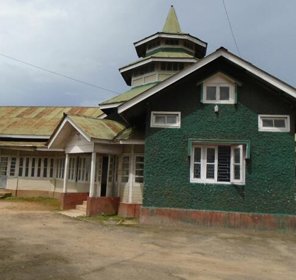

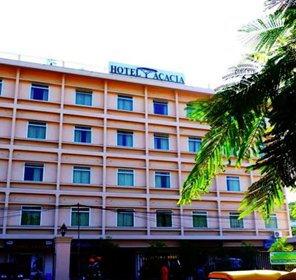
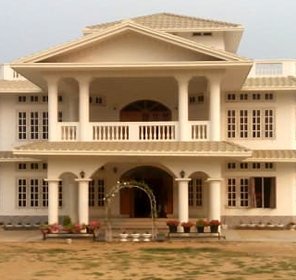

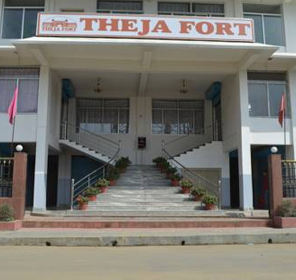

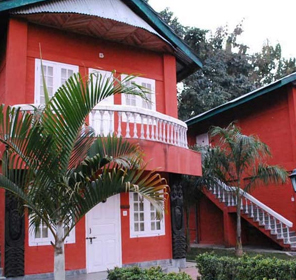
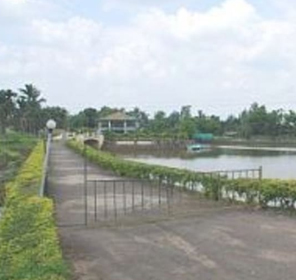

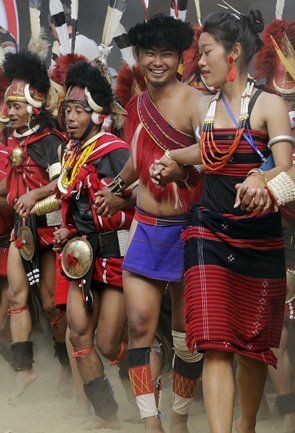
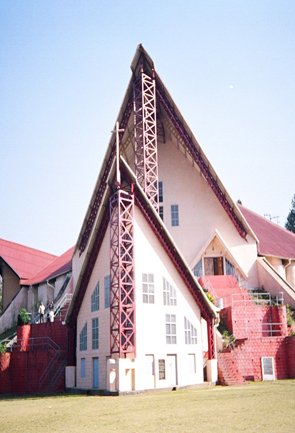
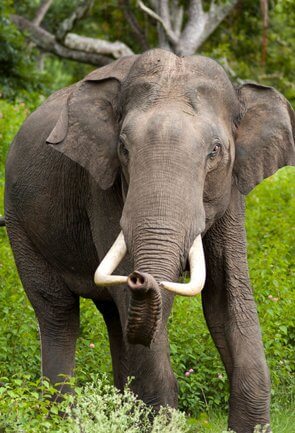

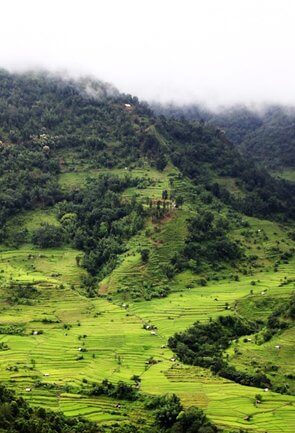
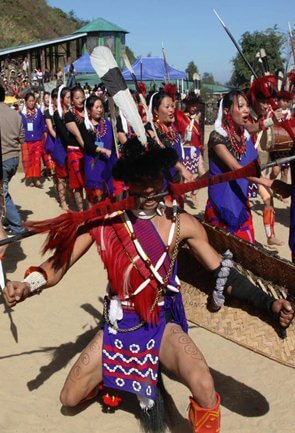



 Plan Trip
Plan Trip Call Us
Call Us Packages
Packages Home
Home